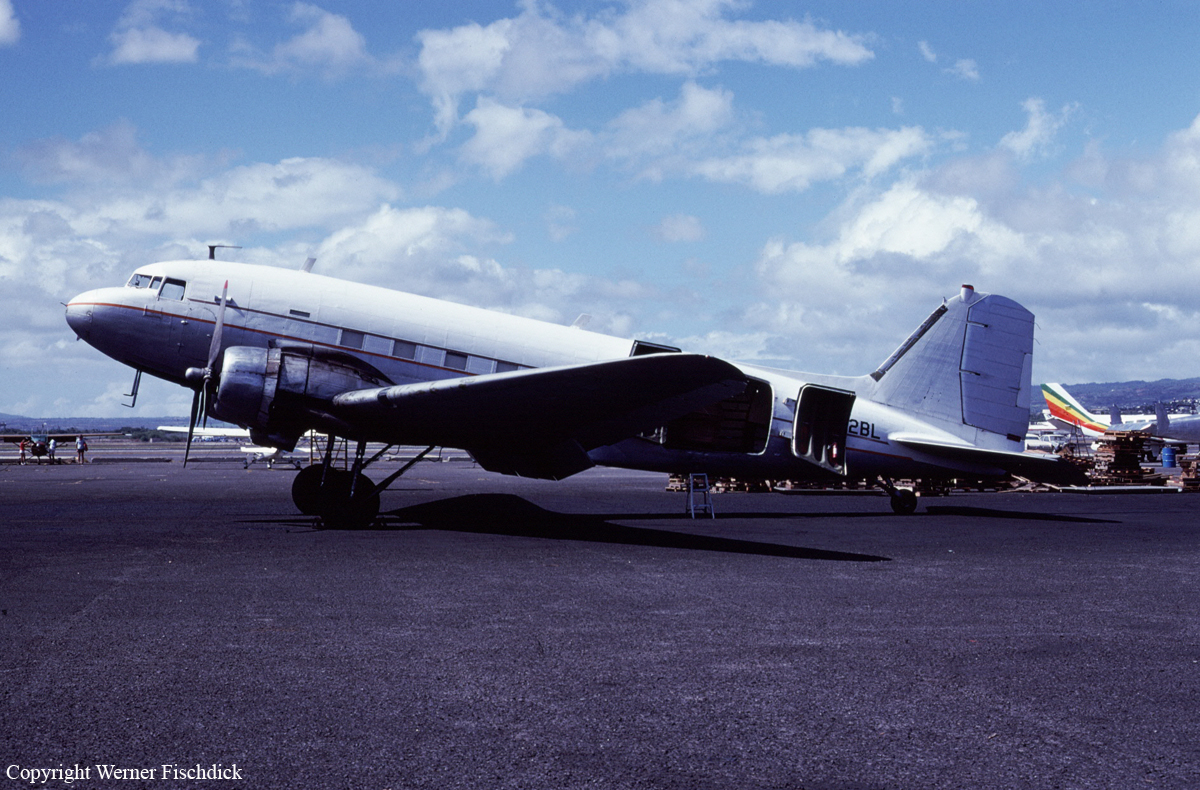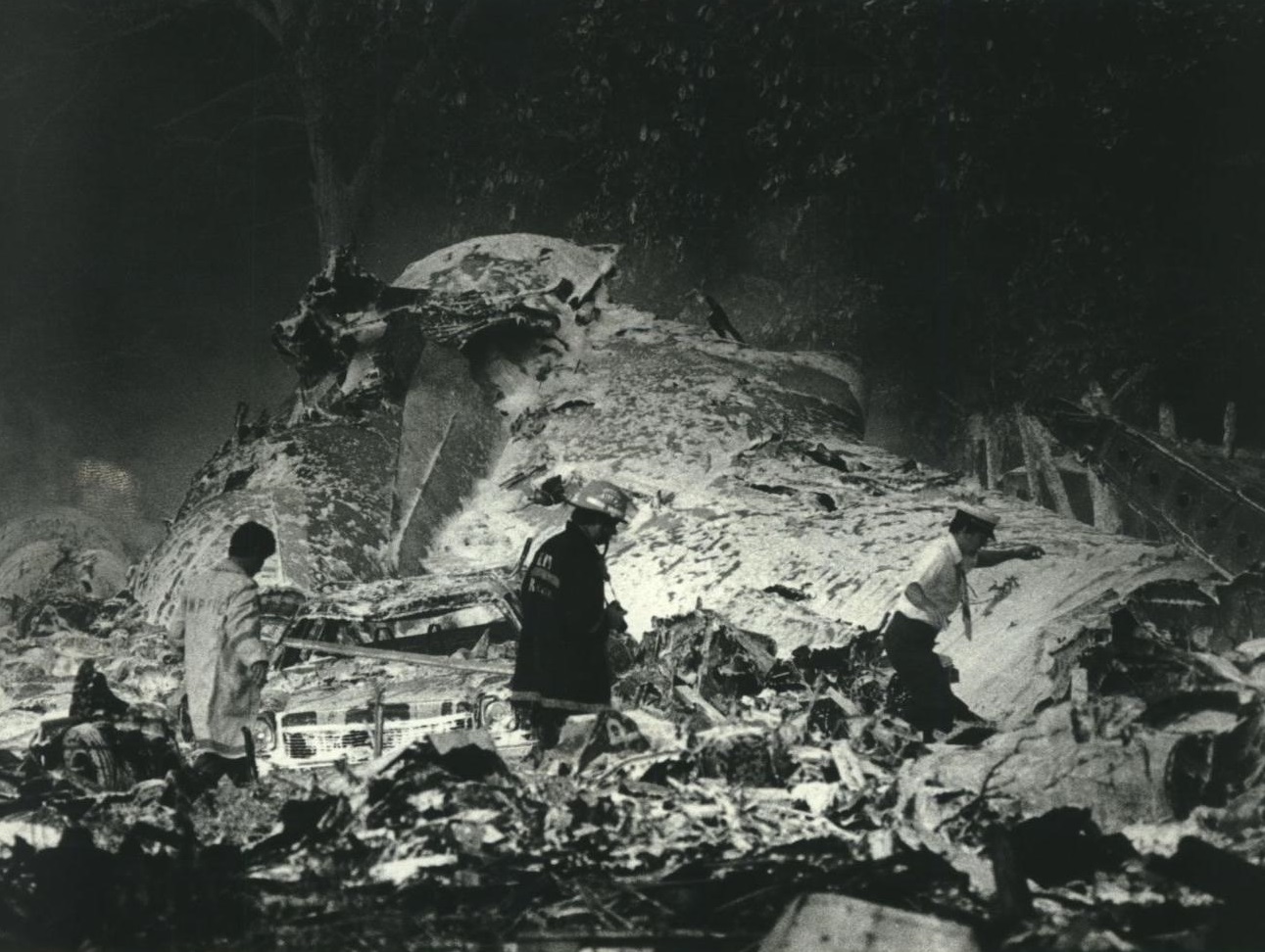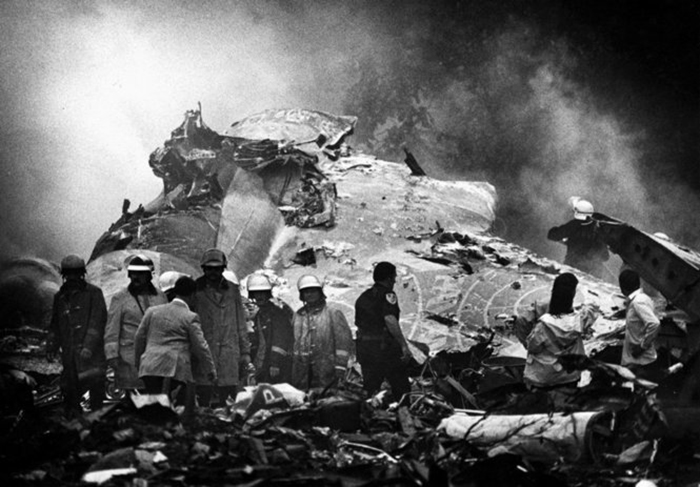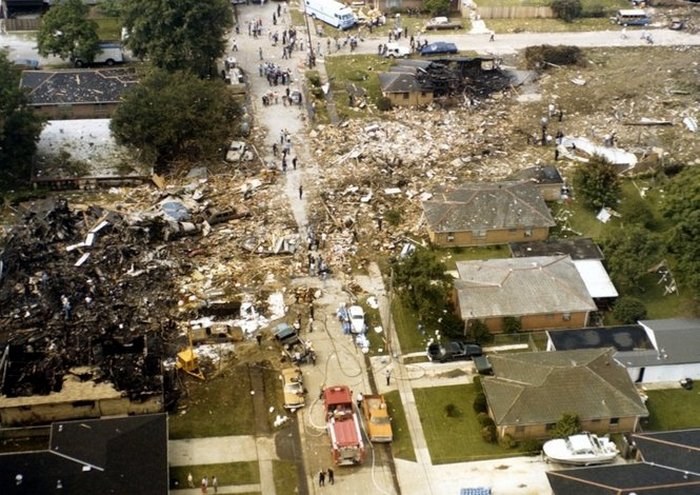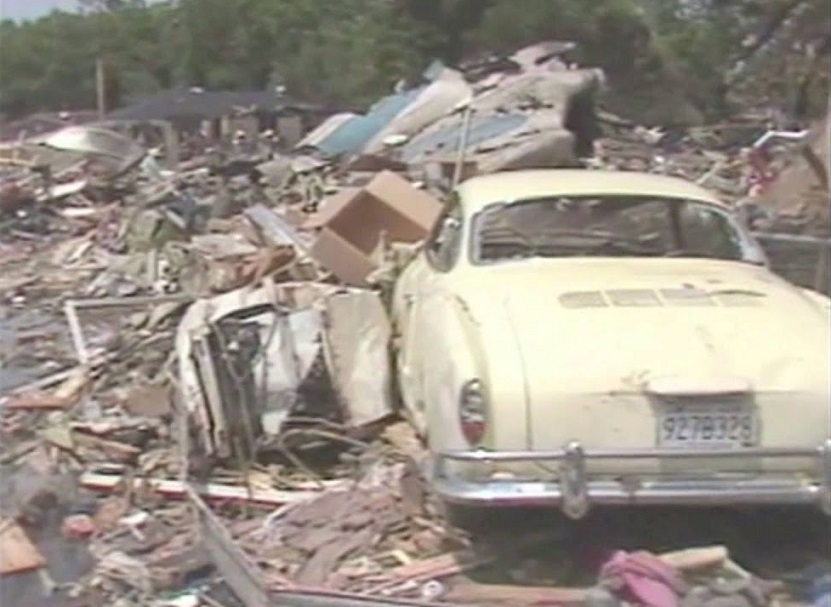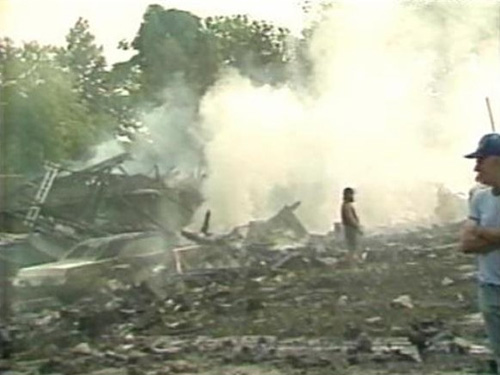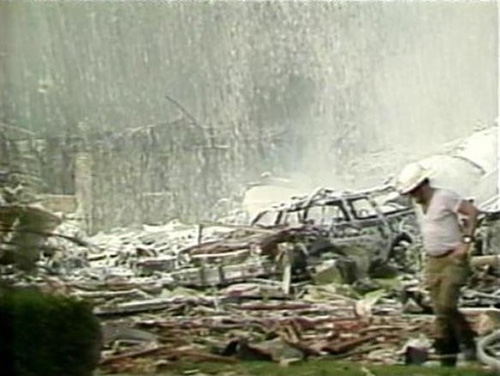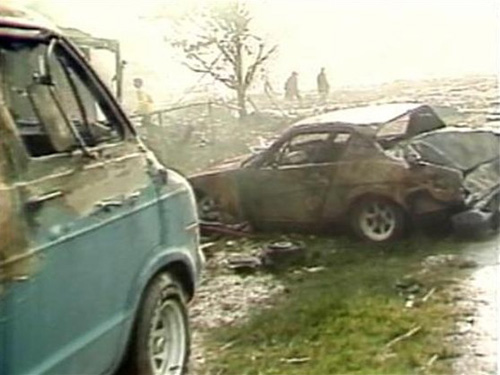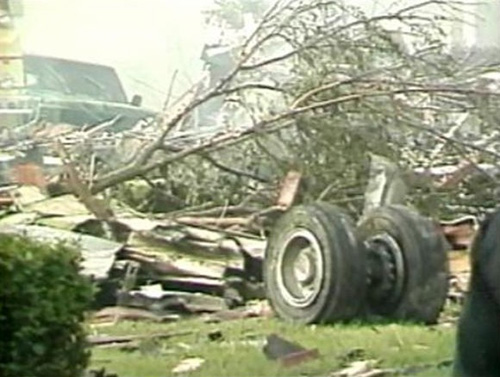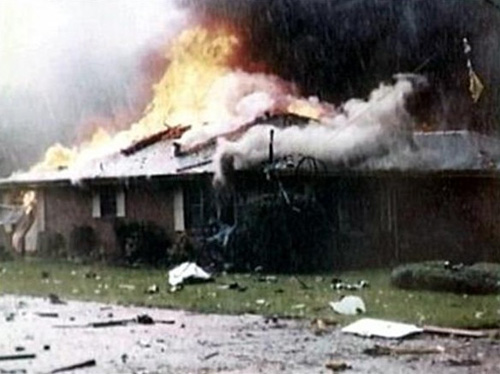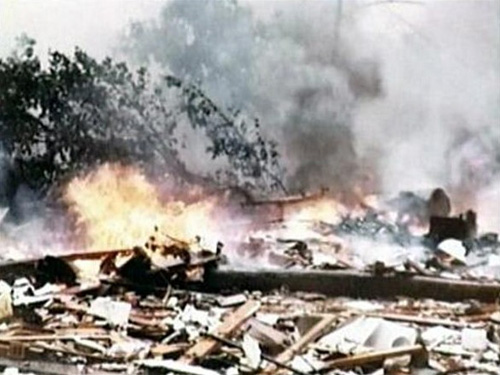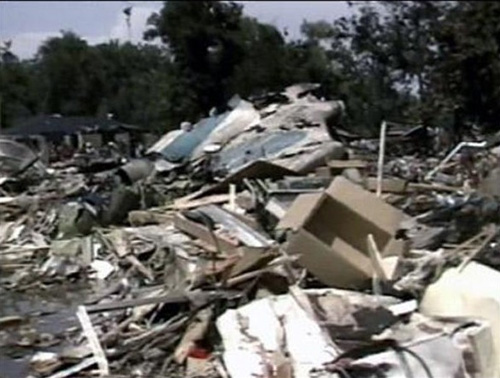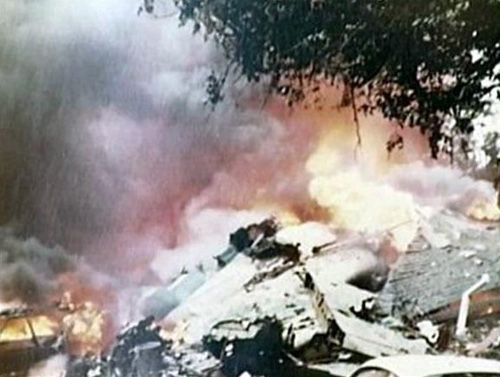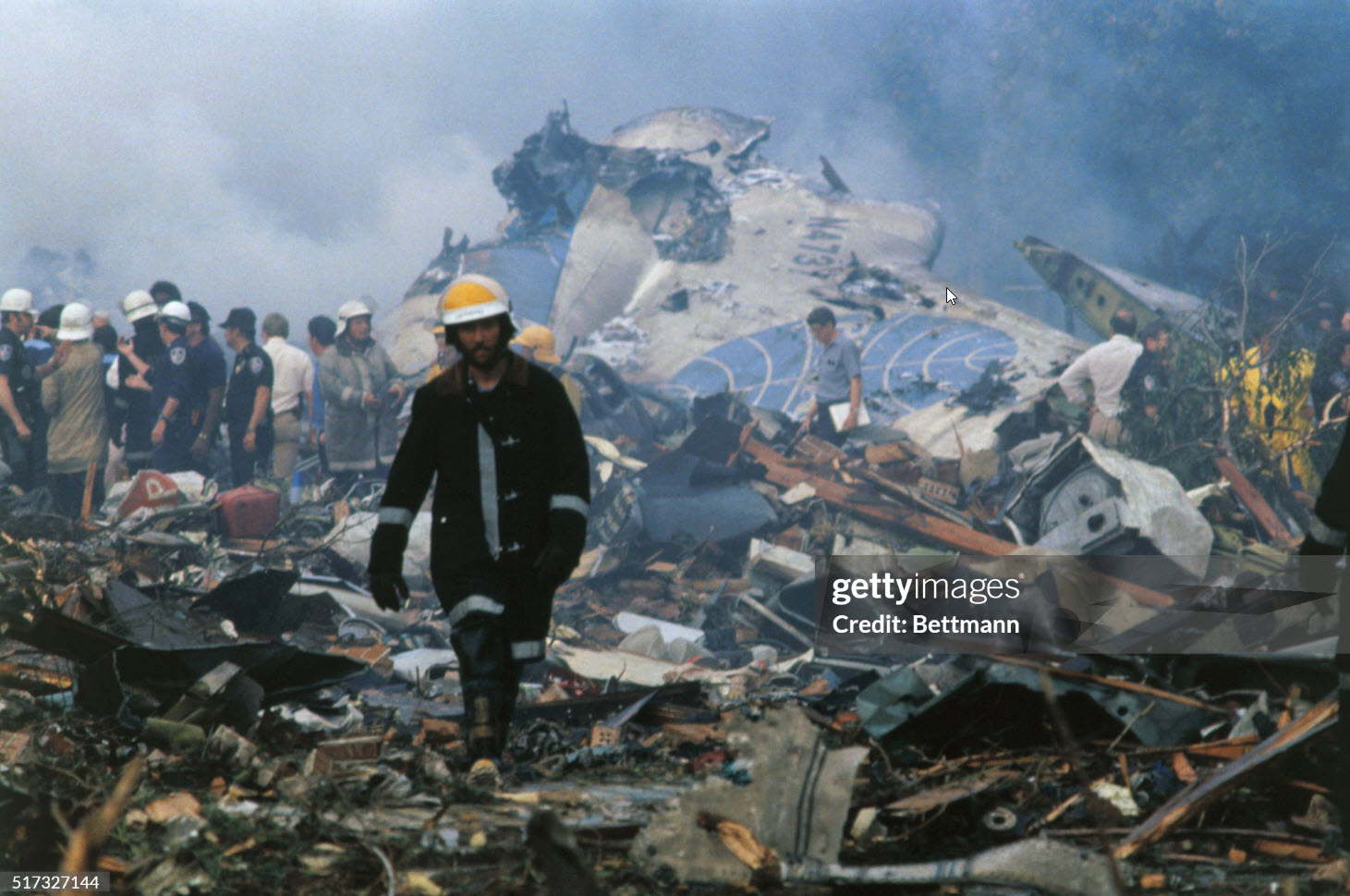Crash of a Douglas C-47D in El Paso
Date & Time:
Jul 30, 1982 at 0647 LT
Registration:
N102BL
Survivors:
Yes
Schedule:
El Paso - Tucson
MSN:
15816/32564
YOM:
1945
Crew on board:
2
Crew fatalities:
Pax on board:
1
Pax fatalities:
Other fatalities:
Total fatalities:
0
Captain / Total hours on type:
1108.00
Aircraft flight hours:
18348
Circumstances:
Shortly after takeoff at about 800 feet agl, the left engine oil temperature became high and reportedly there was a loss of oil pressure. The pilot reported that he then feathered the left engine and declared an emergency. On final approach, he did not get a safe gear indication. The pilot started that he attempted to go around. But at about that time, he was committed to land. While maneuvering, the aircraft crashed in the desert. There was 2,700 lbs of cargo on board. The elevation was about 3,950 feet and the temperature was reported at 72 degrees Fahrenheit. All three occupants were uninjured.
Probable cause:
Occurrence #1: loss of engine power
Phase of operation: takeoff - initial climb
Findings
1. (c) lubricating system - no pressure
2. Propeller feathering - performed - pilot in command
----------
Occurrence #2: forced landing
Phase of operation: maneuvering - turn to landing area (emergency)
Findings
3. Precautionary landing - performed - pilot in command
4. Gear extension - initiated - pilot in command
5. (c) landing gear,gear indicating system - undetermined
6. Go-around - initiated - pilot in command
7. (f) weather condition - high density altitude
8. Airspeed (VMC) - not possible - pilot in command
----------
Occurrence #3: in flight collision with terrain/water
Phase of operation: landing - flare/touchdown
Findings
9. (f) terrain condition - rough/uneven
10. (f) terrain condition - loose gravel/sandy
11. (f) terrain condition - high vegetation
Phase of operation: takeoff - initial climb
Findings
1. (c) lubricating system - no pressure
2. Propeller feathering - performed - pilot in command
----------
Occurrence #2: forced landing
Phase of operation: maneuvering - turn to landing area (emergency)
Findings
3. Precautionary landing - performed - pilot in command
4. Gear extension - initiated - pilot in command
5. (c) landing gear,gear indicating system - undetermined
6. Go-around - initiated - pilot in command
7. (f) weather condition - high density altitude
8. Airspeed (VMC) - not possible - pilot in command
----------
Occurrence #3: in flight collision with terrain/water
Phase of operation: landing - flare/touchdown
Findings
9. (f) terrain condition - rough/uneven
10. (f) terrain condition - loose gravel/sandy
11. (f) terrain condition - high vegetation
Final Report:
